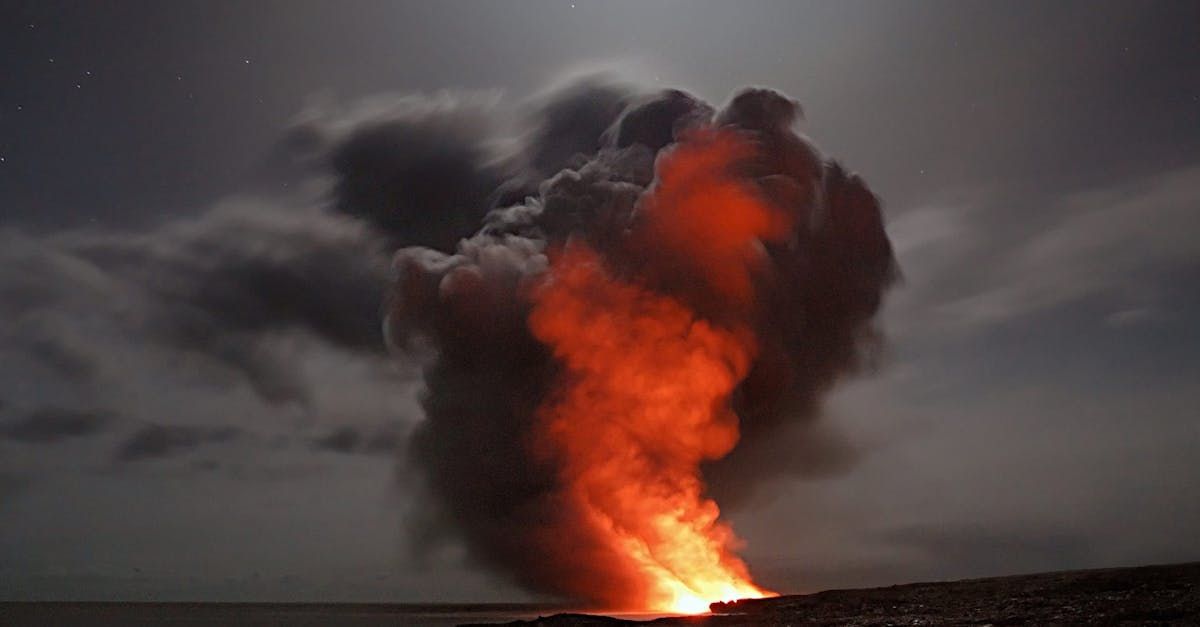Wildland Fire Smoke in Long-Term Care Facilities

As wildfires become more frequent and intense, the impact of wildland fire smoke on long-term care facilities is a growing concern. These facilities house some of the most vulnerable populations, including seniors with respiratory or cardiac conditions. Here’s a closer look at the challenges and potential solutions.
The Problem
Wildland fire smoke is a complex mixture of pollutants, including fine particulate matter (PM 2.5), which can penetrate deep into the lungs and even enter the bloodstream. Studies have shown that a significant amount of this smoke can infiltrate long-term care facilities, sometimes making indoor air quality as poor as outdoor air quality1.
Health Impacts
The health effects of exposure to wildfire smoke are severe, ranging from eye irritation and coughing to exacerbation of asthma, heart failure, and even premature death. For the elderly residents of long-term care facilities, these risks are particularly pronounced2.
Mitigation Strategies
To protect residents, facilities need to implement robust air quality management strategies. This includes installing high-efficiency air filters, sealing buildings to prevent smoke infiltration, and using portable air cleaners. Regular monitoring of indoor air quality is also crucial to ensure that these measures are effective3.
Looking Ahead
As climate change continues to drive the frequency and intensity of wildfires, the need for effective smoke management in long-term care facilities will only grow. By investing in better air quality control measures and staying informed about the latest research, we can help protect some of our most vulnerable populations from the hidden threat of wildland fire smoke.











